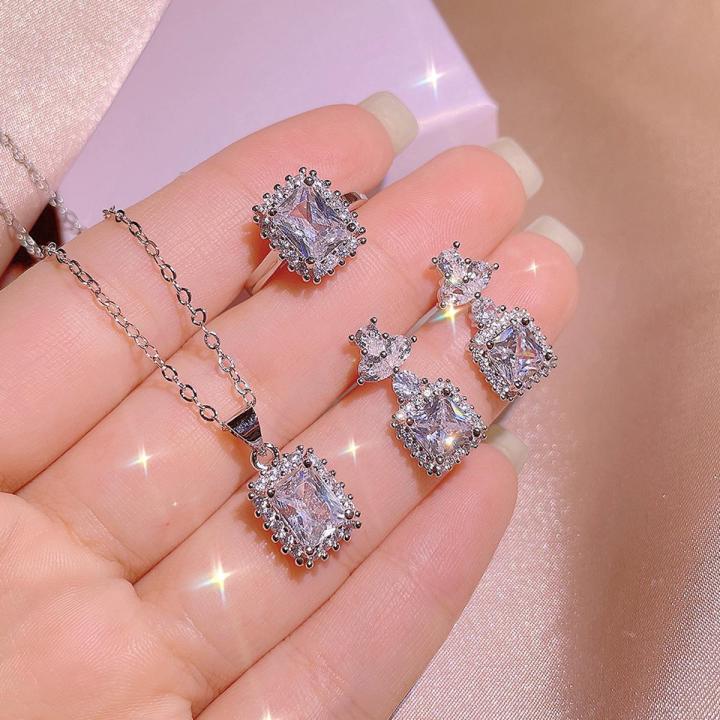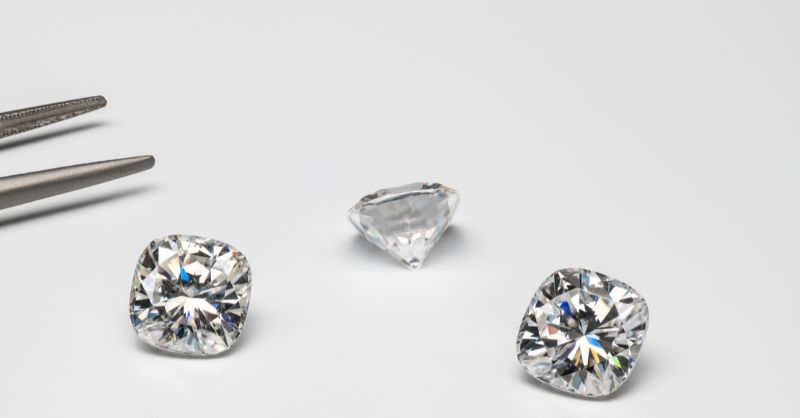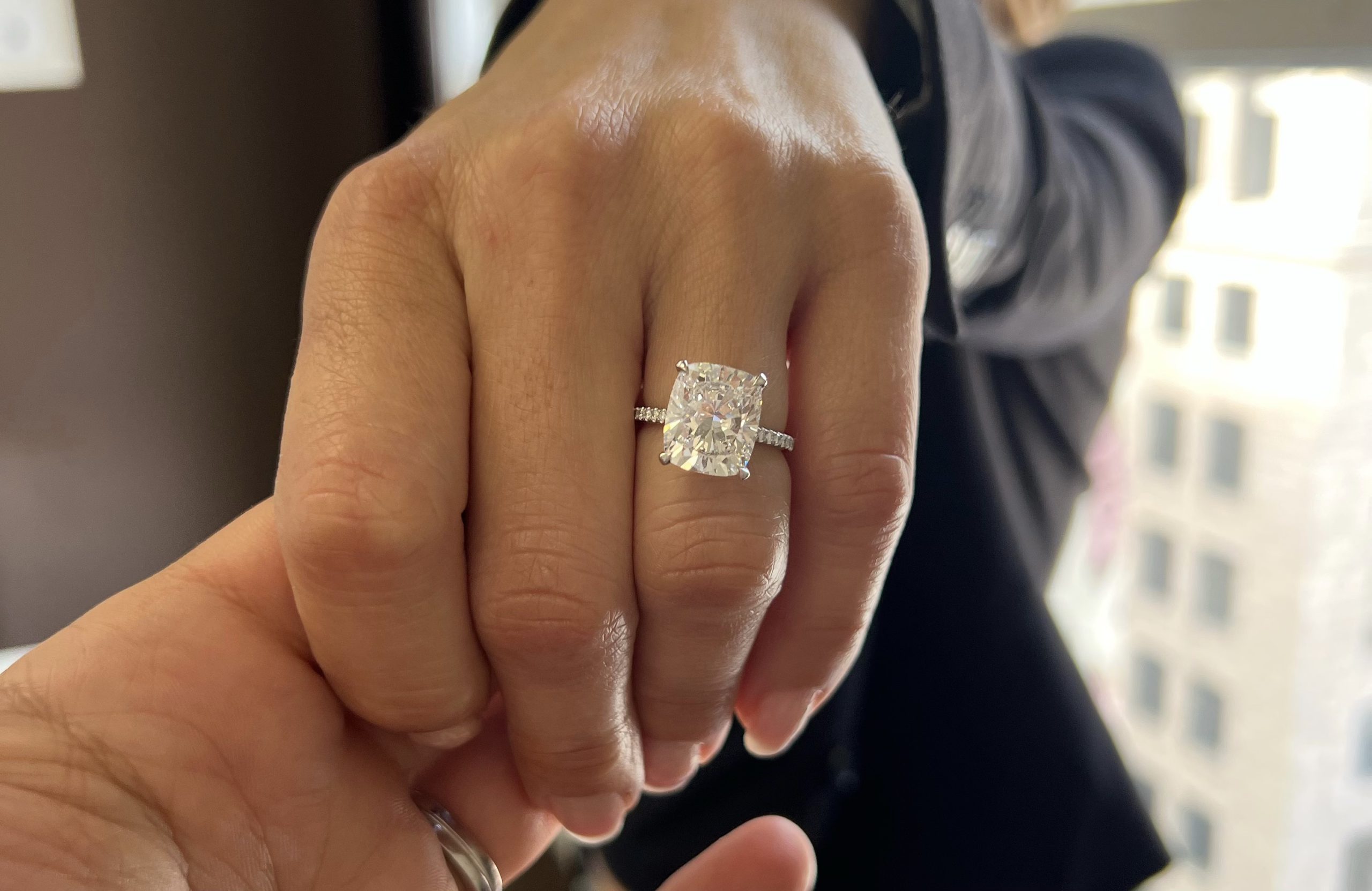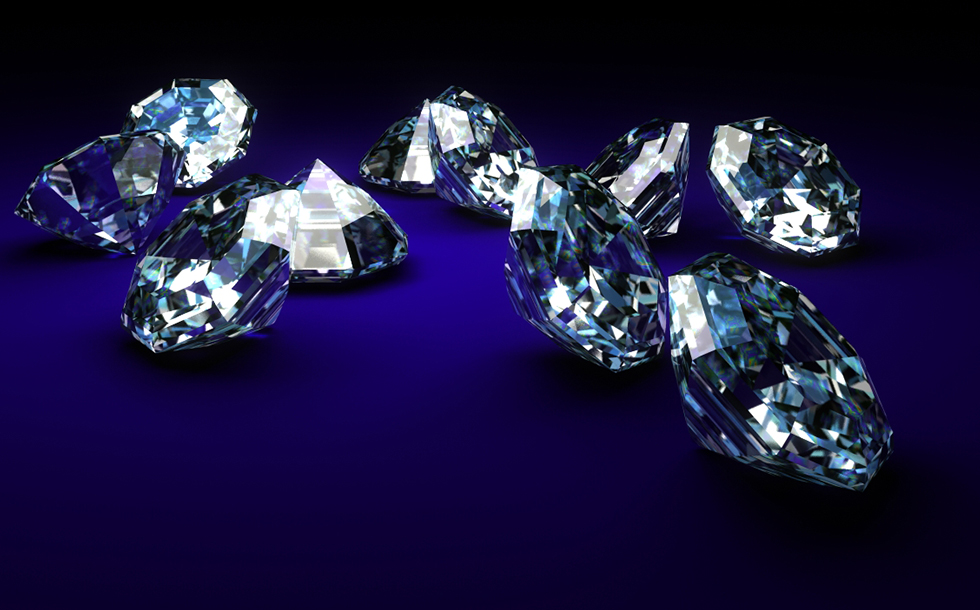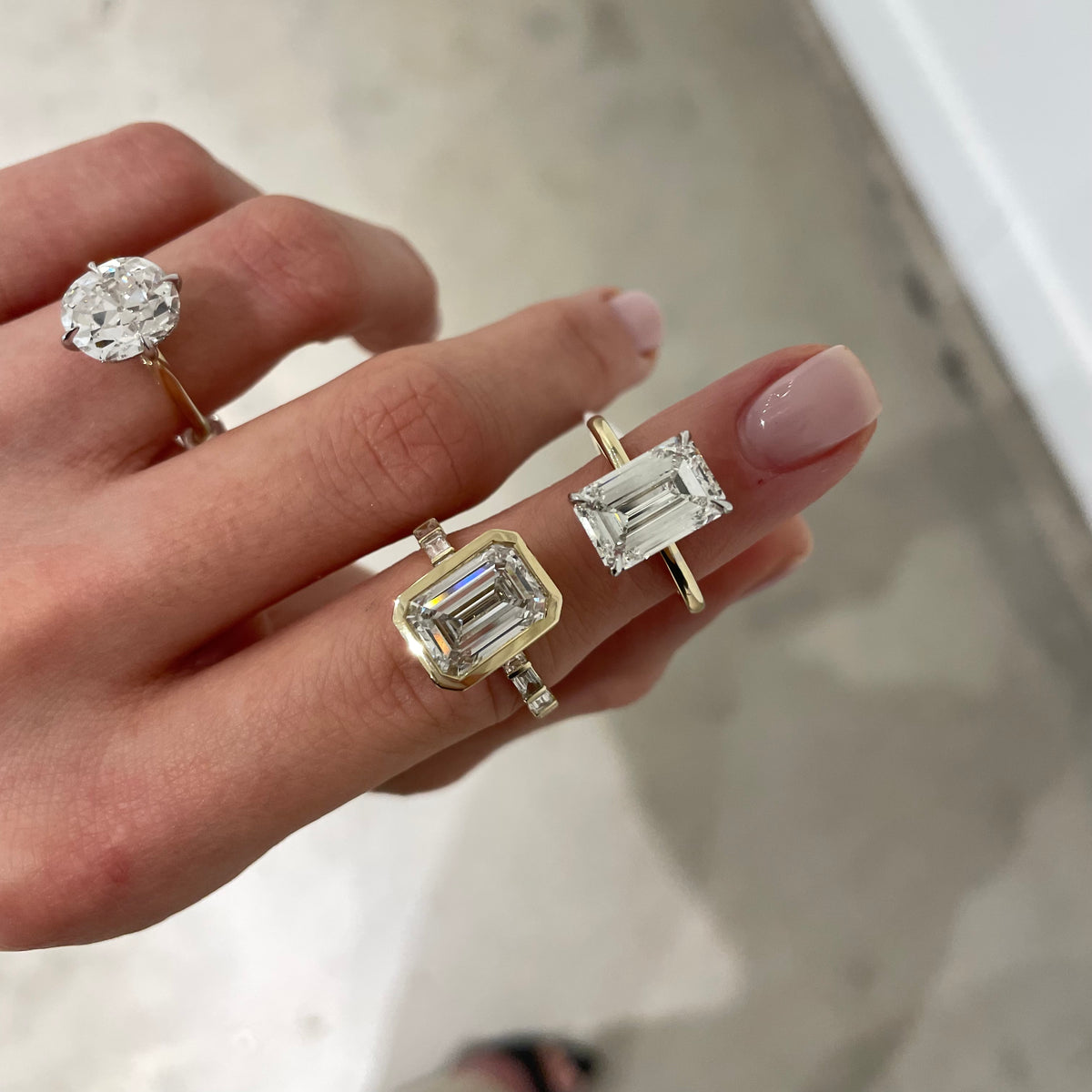Lab grown diamonds have quickly become one of the most popular choices for consumers who want the beauty of diamonds without the environmental and ethical concerns associated with mined diamonds. While lab grown diamonds have gained attention in recent years, many people are still unfamiliar with their origins, how they are created, and why they are a game-changer in the diamond industry. In this article, we’ll dive into the insider story of lab grown diamonds, shedding light on their creation, advantages, and the growing impact they are having on the jewelry world.
The Birth of Lab Grown Diamonds
Lab grown diamonds, also known as synthetic or cultured diamonds, are real diamonds that are created in a laboratory setting using methods that replicate the natural conditions under which diamonds form deep within the Earth. The two main processes used to create lab grown diamonds are High Pressure High Temperature (HPHT) and Chemical Vapor Deposition (CVD). The HPHT method mimics the intense heat and pressure conditions found in the Earth’s mantle, while CVD involves using gases to grow diamond crystals on a substrate.
The insider story of lab grown diamonds begins with a breakthrough in technology that made it possible to produce diamonds in a laboratory environment. Initially, lab grown diamonds were used for industrial purposes, such as cutting tools and abrasives, but advancements in technology allowed scientists to create gem-quality diamonds. These diamonds are virtually indistinguishable from natural lab grown diamonds insider story, both in terms of chemical composition and physical properties. As a result, lab grown diamonds have gained widespread acceptance in the jewelry market.
The Process Behind Lab Grown Diamonds
To fully understand the insider story of lab grown diamonds, it’s important to know the process behind their creation. As mentioned, the HPHT and CVD methods are used to replicate the natural diamond formation process. Both processes begin with a small diamond seed, which is placed under extreme conditions in the laboratory.
The HPHT method uses a combination of high temperature and pressure to convert carbon into a diamond. The process is similar to how natural diamonds are formed over millions of years, except that it takes only a few weeks to create a diamond in the lab. On the other hand, the CVD method involves the use of carbon-rich gases, which are introduced into a chamber where they break down and deposit carbon atoms onto a diamond seed, gradually growing a diamond crystal.
Both methods result in a diamond that is chemically identical to a mined diamond. This means that lab grown diamonds exhibit the same brilliance, hardness, and durability as natural diamonds, making them an excellent choice for engagement rings, earrings, and other fine jewelry.
The Environmental Impact of Lab Grown Diamonds
The insider story of lab grown diamonds is not just about technology; it’s also about sustainability. One of the most compelling reasons people choose lab grown diamonds over mined diamonds is their reduced environmental impact. Mining diamonds involves the destruction of ecosystems, deforestation, and the displacement of wildlife. Additionally, the mining process can contribute to water pollution and soil erosion.
In contrast, lab grown diamonds are created with minimal environmental impact. Since they are produced in a controlled laboratory setting, there is no need for extensive mining operations or the use of harmful chemicals. The energy consumption associated with lab grown diamond production is also lower than that of traditional diamond mining. For environmentally conscious consumers, this makes lab grown diamonds an attractive and responsible choice.
The Ethical Advantages of Lab Grown Diamonds
In addition to their environmental benefits, lab grown diamonds also offer a more ethical alternative to mined diamonds. The diamond mining industry has long been associated with human rights violations, including child labor, unsafe working conditions, and the financing of conflict. These issues, often referred to as “blood diamonds,” have raised concerns among consumers who want to ensure that their jewelry purchases do not contribute to such injustices.
Lab grown diamonds, on the other hand, are produced in regulated environments with strict labor standards. Consumers can rest assured that their purchase has not contributed to human rights abuses or unethical labor practices. The ethical advantages of lab grown diamonds make them an appealing option for those who want to make a positive impact through their buying choices.
The Growing Popularity of Lab Grown Diamonds
As consumers become more aware of the benefits of lab grown diamonds, their popularity has been steadily increasing. The insider story of lab grown diamonds reveals that this market is not just a passing trend but a significant shift in consumer preferences. Many people are choosing lab grown diamonds because they offer the same beauty and durability as mined diamonds at a fraction of the price.
The price difference between lab grown diamonds and mined diamonds can be substantial, with lab grown diamonds typically costing 20% to 40% less than their natural counterparts. This affordability allows consumers to purchase larger diamonds or opt for higher-quality stones without breaking the bank. As the technology behind lab grown diamonds continues to improve, their quality and availability will only continue to grow, making them an even more attractive option for those seeking high-quality jewelry at a lower price.
The Future of Lab Grown Diamonds
The insider story of lab grown diamonds doesn’t end with their current popularity. As more people embrace the ethical and environmental benefits of these diamonds, the market is expected to continue to expand. Innovations in diamond production technology are constantly being made, leading to improvements in the size, quality, and variety of man made diamonds available.
The future of lab grown diamonds is also intertwined with the rise of sustainability in the jewelry industry. Consumers are increasingly seeking out products that align with their values, and lab grown diamonds are seen as a responsible choice. In the coming years, it’s likely that lab grown diamonds will continue to dominate the market, as they offer a way to enjoy the beauty of diamonds while minimizing their impact on the planet and people.
Conclusion: The Impact of Lab Grown Diamonds
The insider story of lab grown diamonds is one of innovation, ethics, and sustainability. From their humble beginnings as industrial tools to their current status as a preferred choice for fine jewelry, lab grown diamonds have come a long way. Their environmental and ethical benefits, combined with their affordability and beauty, make them a compelling option for consumers who want to make a positive impact while enjoying the elegance of diamonds.




